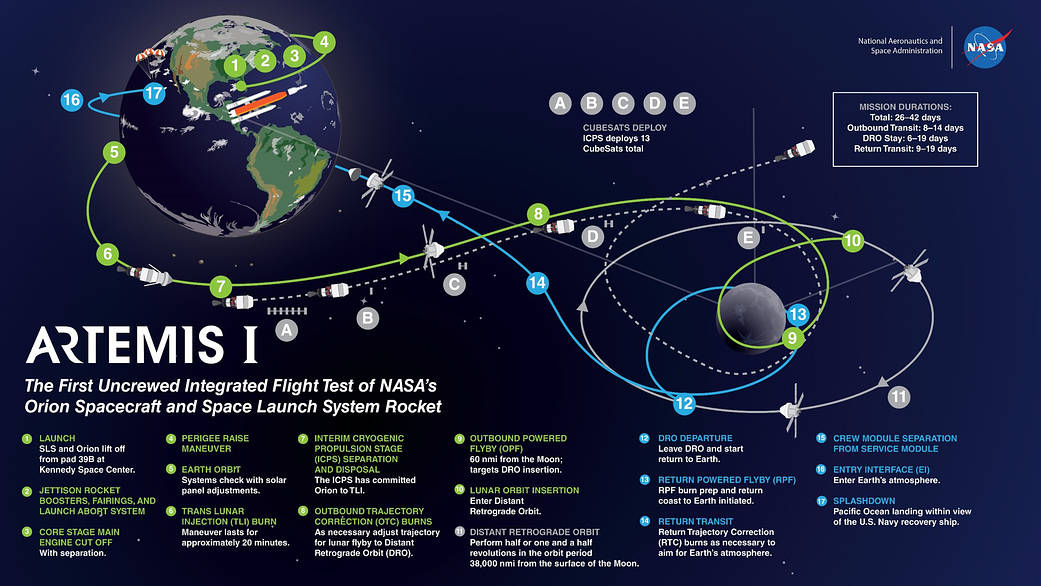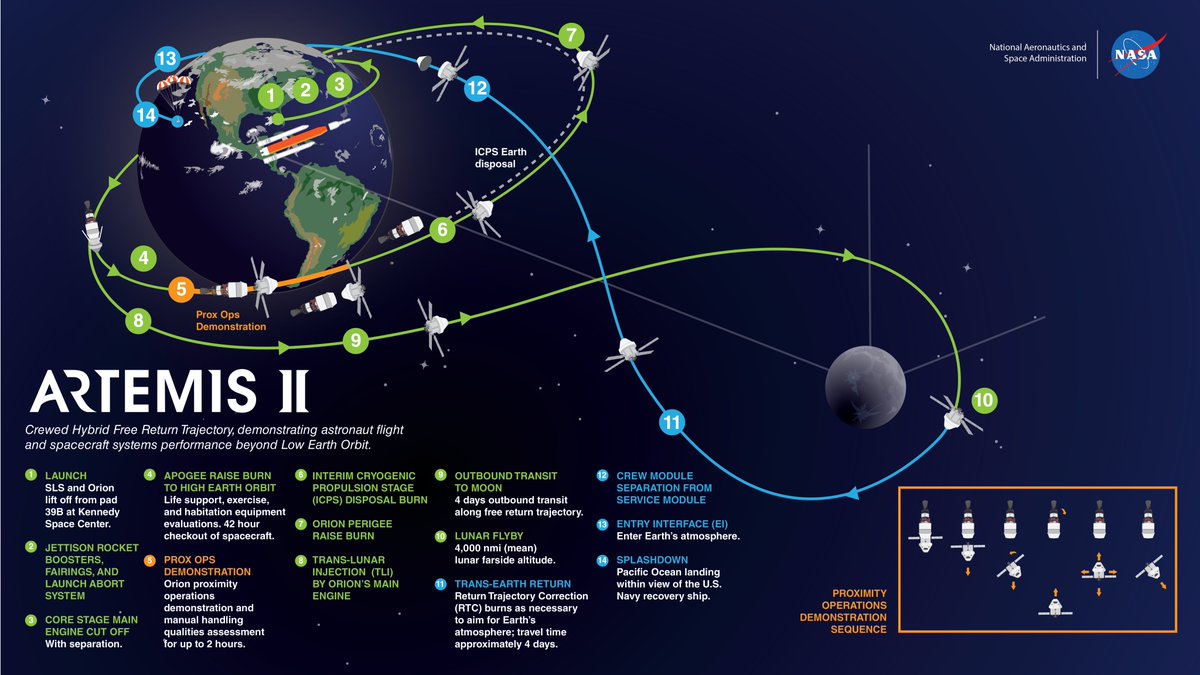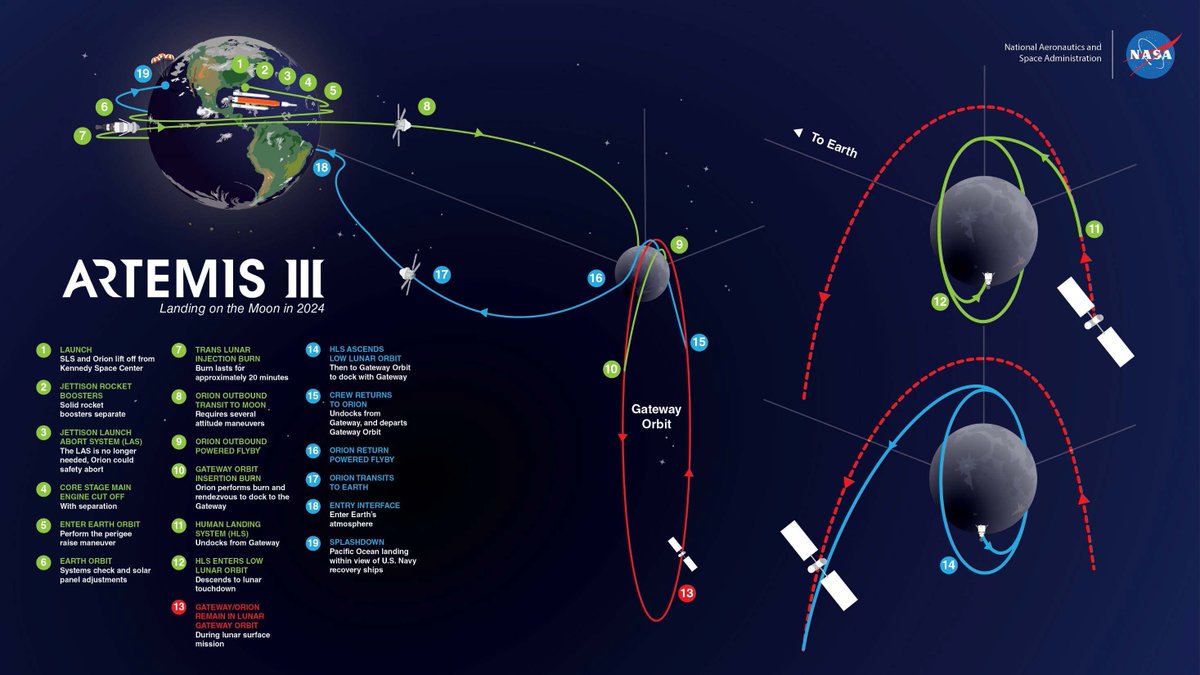The Moon is waiting for it& #39;s first women to reach. The Artemis program under the NASA, would fulfill this mission. The program would be focused to know the unknown facts about the Moon.
#artemis #NASA #firstwomentomoon
A thread https://abs.twimg.com/emoji/v2/... draggable="false" alt="⬇️" title="Pfeil nach unten" aria-label="Emoji: Pfeil nach unten"> https://neelkamal563149445.wordpress.com/2021/05/08/first-woman-on-moon/">https://neelkamal563149445.wordpress.com/2021/05/0...
https://abs.twimg.com/emoji/v2/... draggable="false" alt="⬇️" title="Pfeil nach unten" aria-label="Emoji: Pfeil nach unten"> https://neelkamal563149445.wordpress.com/2021/05/08/first-woman-on-moon/">https://neelkamal563149445.wordpress.com/2021/05/0...
#artemis #NASA #firstwomentomoon
A thread
We were remembering the name of "Neil Armstrong" continuously since we started to learn. The man who stepped the Moon for the first time, the man who will be remembered till the whole life of our planet Earth.
We have heard of Kalpana Chawla, Sunita Williams the Indian women who reached the space. However, till today no single lady has landed on the soil of the Moon, the only satellite of our planet Earth, is also ready to welcome her.
This miracle would be created by NASA, the space agency of the USA, the world& #39;s most advanced International space station, under the program named "Artemis."
So, today is the time to know about this mission which is "Acceleration, Reconnection, Turbulence, and Electrodynamics of the Moon& #39;s Interaction with the Sun" which will serve as a model for future missions to Mars.
The Artemis mission: The humanity return to Moon
The program would be led by NASA, a new generation of lunar exploration missions designed to send humans, including women farther into space than ever before.
The mission is an increasingly complex maneuver that would lay the foundation of sustainable human and robotic exploration of the Moon. The program will cost almost $3 billion to American aerospace and defense company, Lockheed Martin.
Three Orion capsules would be created to send astronauts to the moon by 2024. The single capsule would carry 4 astronauts each.
The spaceship would also be capable of traveling to Mars and beyond, as this would be created for deep space missions for Artemis and future exploration of the solar system.
The lives of astronauts are the responsibility of the European Space Agency, so the capsule would be designed with the ability of reuse at least once.
The capsule with astronauts would orbit around the Moon attached to a mini-station (the Gateway). Like the long Apollo program for 50 years, the Artemis program would be completed under 3 stages: Artemis I, Artemis II, and Artemis III.
It is named after the mythological figure Artemis, who is both Apollo& #39;s twin sister and Goddess of the Moon, A lady. As this is the marked beginning of a new era for women and the next man to walk on the surface of the Moon.
The stages of mission
Artemis I would be an uncrewed test flight, of the Orion spacecraft, lead the foundation for human deep-space exploration. The program will be set to launch on the Space Launch System (SLS) rocket in 2021.
The spacecraft will launch from Florida and venture thousands of kilometers beyond the Moon under an approximately three-week mission. Orion& #39;s systems will then be monitored to ensure a safe Crew Module re-entry, splashdown, and recovery.
The Orion spacecraft used in this program features life support systems and emergency abort capabilities.
It would be consists of the Crew Module with the ability to withstand intense physical forces and heat during re-entry into Earth& #39;s atmosphere, where the crew will live and work; and the European Service Module, which will carry air, nitrogen, and water for the crew, as well as…
…in-space propulsion and power systems.
The mission, planned to launch on the same SLS rocket in 2023, would make Canada the second country to have an astronaut fly around the Moon. The flight will see the full globe of Earth from afar and would experience its own "Apollo 8 moment."
Under this, a crew of 4 astronauts would be sent to monitor the mission planning, system performance, crew interfaces, and guidance and navigation systems.
The program will use a unique "hybrid free return," technology that will circle Earth twice to gain enough speed to travel the distance to the Moon. On reaching the Moon, the Orion will use the Moon& #39;s gravity to slingshot around the backside and return to Earth.
During this, the crew will record the farthest human travel beyond the far side of the Moon.
Artemis III: the return of humans to the Moon& #39;s surface
Artemis III, a crew of four astronauts will once again travel to the Moon, and make history with the first woman and the next man to walk on its surface in 2024.
The astronauts will dock Orion to a small space station to which Canada is contributing a smart robotic system, Canadarm3. The exact lunar landing site will depend on factors, including launch date and specific science objectives.
They will collect a variety of samples intended to deepen our understanding of key aspects of the Moon.
This will provides a Gateway or the staging point for human and robotic lunar missions. The program will send the first woman and the next man to the Moon by 2024 and develop a sustainable human presence on the Moon by 2028.
Pictures from google or NASA, content from NASA.
Pictures from google or NASA, content from NASA.
This thread can be read here: https://neelkamal563149445.wordpress.com/2021/05/08/first-woman-on-moon/">https://neelkamal563149445.wordpress.com/2021/05/0...

 Read on Twitter
Read on Twitter




